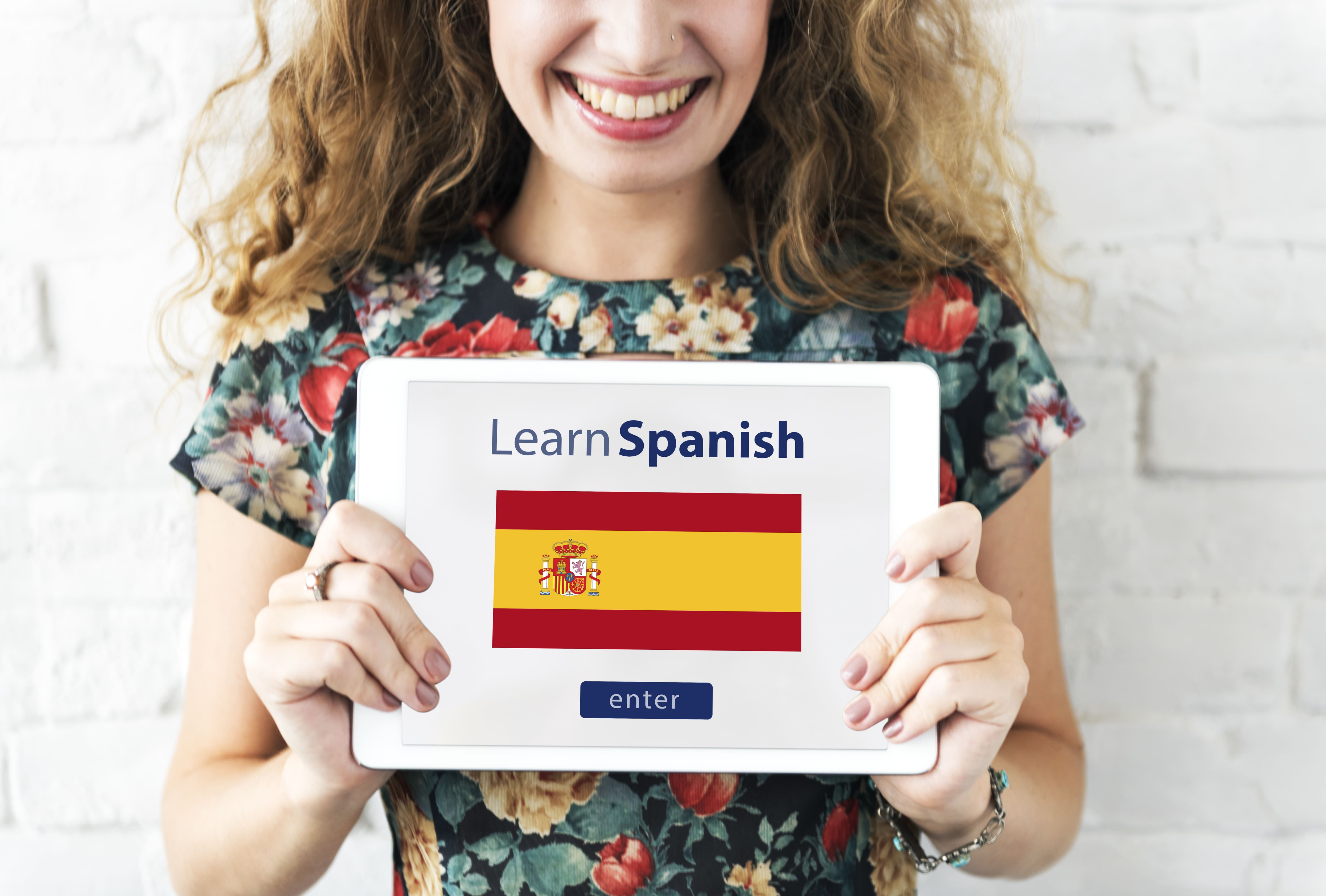Learning Spanish from Scratch: Practical Guide for Beginners
Learning Spanish from scratch can feel both exciting and a little overwhelming. Maybe you want to travel, get a job, or finally understand Latin pop lyrics — whatever your reason, the good news is that Spanish is one of the friendliest languages to learn, and you can make fast, meaningful progress with the right approach. This guide gives you practical, beginner-focused steps, helpful examples, and real-world tips to get speaking and understanding Spanish sooner than you think.

Why start learning Spanish from scratch?
Spanish is spoken by over 480 million native speakers and opens doors across Europe, Latin America, and many communities worldwide. It’s phonetic (words mostly sound the way they look), shares a lot of vocabulary with English, and has a huge amount of accessible resources. If you're a complete beginner, focus on communication and fun — not perfection.
A quick anecdote: I once started an ultra-basic Spanish class and after three weeks I accidentally ordered “agua sin leche” (water without milk). We laughed, and that small, funny mistake made me more confident to try again. Mistakes are progress in disguise.
Simple plan to learn Spanish for beginners
A simple, consistent plan beats occasional marathon study sessions. Try this realistic starter plan:
- Week 1–4: Focus on core phrases, pronunciation, and basic vocab (greetings, numbers, days).
- Month 2–3: Start simple grammar (present tense of common verbs), form short sentences, practice listening.
- Month 4–6: Expand vocabulary, practice past tense, have short conversations with native speakers or language partners.
- Ongoing: Read simple articles, watch TV series with subtitles, and keep speaking.
Daily micro-habits (10–30 minutes) are gold — they build momentum without burning you out.
Daily routine: build Spanish vocabulary
Small, focused practice works best:
- 5–10 minutes: flashcards for 10–15 new words (nouns and verbs).
- 10 minutes: listen to a short podcast or song and note 2–3 phrases.
- 5 minutes: speak out loud — describe your breakfast, the weather, or your plans.
Example vocabulary set:
- hola (hello)
- gracias (thank you)
- por favor (please)
- ¿Dónde está...? (Where is...)
- quiero (I want)
Try Vocabia for picking up high-frequency words quickly — it’s great for spaced repetition and makes vocabulary practice fun.
Pronunciation and listening practice for beginners
Spanish pronunciation is consistent: once you learn the sounds, you’ll understand and be understood more easily. Key tips:
- Learn the vowel sounds (a, e, i, o, u) — they’re short and stable.
- Practice the rolled "r" slowly; don’t stress it early.
- Listen to native speech daily (podcasts, YouTube, songs) and shadow — repeat immediately after the speaker.
Quick practice: say "Hola, me llamo Ana. ¿Cómo estás?" (Hello, my name is Ana. How are you?) out loud five times, focusing on rhythm.
Practical Spanish grammar tips
Grammar can feel intimidating, but start with useful structures:
- Subject + verb + object: "Yo como pan" (I eat bread).
- Present tense of regular verbs: hablar (hablo), comer (como), vivir (vivo).
- Useful irregulars: ser (soy, eres, es), estar (estoy, estás, está), tener (tengo, tienes).
- Question words: ¿Qué? ¿Quién? ¿Dónde? ¿Por qué? ¿Cómo? ¿Cuándo?
Example mini-dialogue:
- A: Hola, ¿cómo te llamas?
- B: Me llamo Carlos. ¿Y tú?
- A: Me llamo Sara. Mucho gusto.
Resources to learn Spanish from scratch
Mix tools for listening, speaking, reading, and writing. A few favorites:
- Apps: Vocabia (for focused vocab and review), Duolingo, Memrise
- Podcasts: Coffee Break Spanish, Notes in Spanish
- YouTube channels: Butterfly Spanish, Dreaming Spanish (beginner playlists)
- Books: “Short Stories in Spanish” (beginner editions), graded readers
- Language exchange: Tandem, HelloTalk — practice speaking with natives
I recommend combining one structured tool (like Vocabia for daily vocabulary) with passive listening (podcasts) and active speaking (language partners).
Examples and practice activities for beginners
Try these quick activities to boost confidence:
- 30-second self-introduction: Say your name, where you’re from, and a hobby: "Hola, soy Alex. Soy de Chicago. Me gusta el fútbol."
- Menu challenge: Order food in Spanish from a simple menu — "Quisiera una ensalada y agua, por favor."
- Journal in Spanish: Write 3 sentences about your day each evening.
Common mistakes beginners make
- Trying to memorize too much grammar at once — focus on phrases.
- Not speaking early enough — fear holds you back.
- Thinking perfection is needed — mistakes build fluency.
- Skipping listening practice — comprehension lags without it.
Keep it human: make mistakes, laugh, ask native speakers to correct you kindly.
Why Vocabia helps when learning Spanish from scratch
Vocabia is perfect for beginners because it helps you target the most useful words first and reviews them at the right intervals. It adds variety (images, example sentences) so learning isn’t just rote memorization. I’ve seen learners go from “Hola” to short conversations in just a few months by sticking to daily bite-sized practice with Vocabia.
Conclusion and next steps — start learning Spanish today
Learning Spanish from scratch is absolutely achievable with a friendly, consistent approach. Focus on everyday phrases, practice a little each day, listen often, and don’t be afraid to speak. Use resources like Vocabia to speed up vocabulary learning and keep you motivated.
Ready to get started? Sign up for Vocabia today and unlock curated vocabulary lists, spaced repetition practice, and bite-sized lessons designed for beginners. Your first conversation in Spanish is closer than you think — ¡vamos!